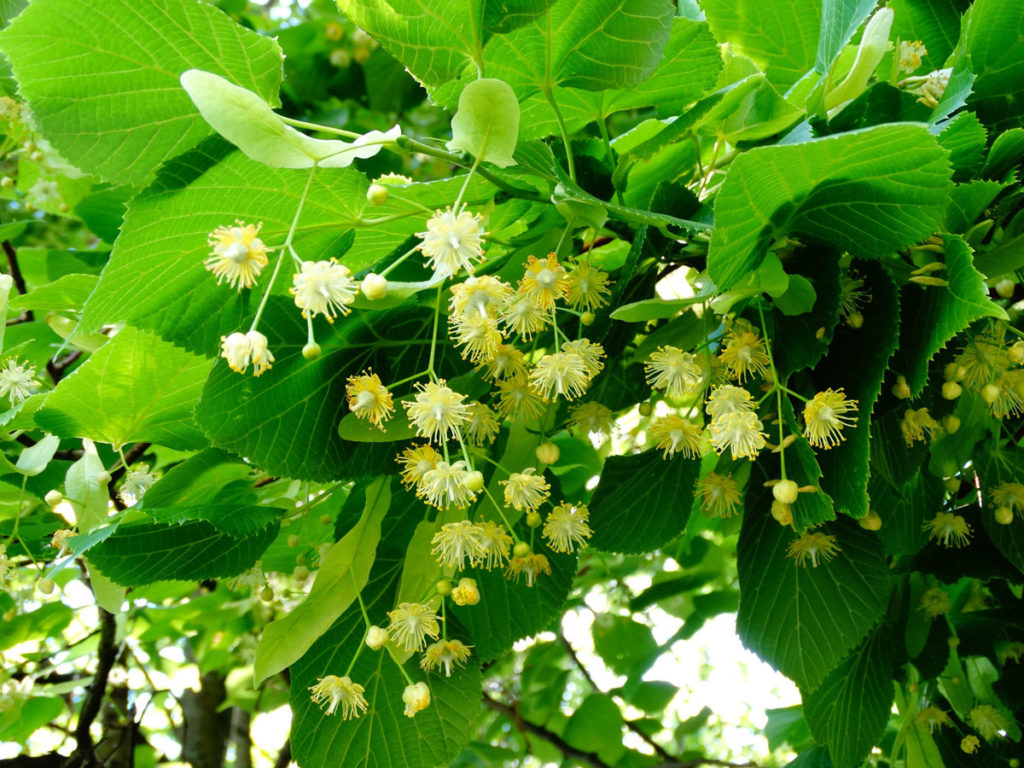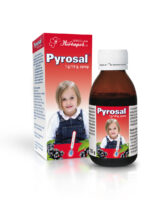(Tilia sp.)
Trees of the Linden genus are very common in the northern hemisphere temperate zone. In Europe, the most common are two species: small-leaved linden (Tilia cordata) and broadleaf linden (Tilia platyphyllos). Growing commonly in parks and forests, they attract attention especially in the summer, due to the intensely fragrant yellowish flowers. Linden often appeared in Polish literature. The following writers wrote about it: Jan Kochanowski, Maria Konopnicka, Adam Mickiewicz and Juliusz Słowacki. Sculptures of Veit Stoss altar in St. Mary’s Church in Krakow were made of linden wood 1,2.
The herbal raw material is a linden inflorescence (Tiliae inflorescentia), rich in flavonoids, essential oil and mucous compounds. An interesting fact is that linden wood (lignum Tiliae) is also used in medicine, serving for the manufacture of activated charcoal, which found application in the pharmacotherapy of food poisoning 1.
Diaphoretic and mildly sedative effects of linden raw material have already been known in the Middle Ages. Currently infusions of its inflorescences are traditionally used in the treatment of upper respiratory tract infections, accompanied by elevated body temperature. The compounds contained in the raw material exhibit effects of coating and moisturizing of the throat mucosa. Flavonoids present in the inflorescence are responsible for its diaphoretic effects. They increase the sensitivity of the sweat glands and result in increased evaporation and breathing through the skin, resulting in reduction of body temperature.
In folk medicine, it is often recommended to combine infusions of linden with honey and raspberry syrup 1,3.
Herbapol Wrocław used the extract of linden inflorescence in the composition of two prescription syrups: Pyrosal and Pyrosal Kid. The first formulation is recommended in subfebrile states in the course of inflammatory conditions, especially of the upper respiratory tract. Pyrosal Kid is especially recommended for children: with the addition of an extract from the fruit of elderberry, as well as a high content of natural vitamin C, it supports the immune system, with beneficial effects on the balance of the body’s defenses.
1 J. Krajewska, Właściwości lecznicze kwiatostanów lipy (Tiliae inflorescentia), www. lekwpolsce.pl (dostęp w dniu: 14.11.2015)
2 H. Strzelecka, J. Kowalski, Encyklopedia Zielarstwa i Ziołolecznictwa, Wyd. Naukowe PWN, Warszawa 2000, s. 293-295
3 E. Lamer-Zarawska, B. Kowal-Gierczak, J. Niedworok, Fitoterapia i Leki Roślinne, wyd. PZWL, Warszawa 2007, s. 277-278
syrup.

